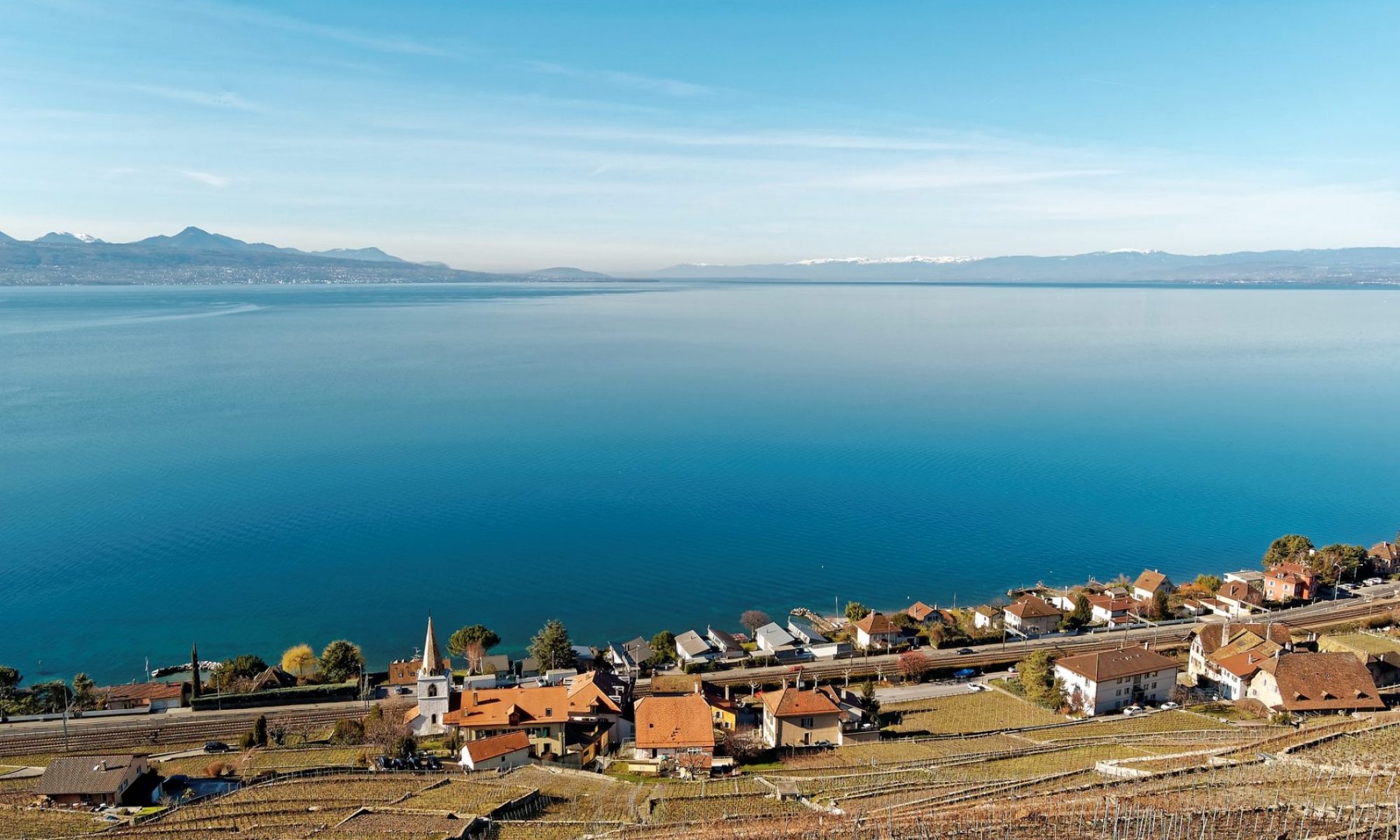Dr Silwan Daouk
Summary
The use of herbicides in agriculture may lead to environmental problems, such as surface water pollution, with a potential risk for aquatic organisms. The herbicide glyphosate is the most used active ingredient in the world and in Switzerland. In the Lavaux vineyards it is nearly the only molecule applied. This work aimed at studying its fate in soils and its transfer to surface waters, using a multi-scale approach: from molecular (10-9 m) and microscopic scales (10-6 m), to macroscopic (m) and landscape ones (103 m).
First of all, an analytical method was developed for the trace level quantification of this widely used herbicide and its main by-product, aminomethylphosphonic acid (AMPA). Due to their polar nature, their derivatization with 9-fluorenylmethyl chloroformate (FMOC-Cl) was done prior to their concentration and purification by solid phase extraction. They were then analyzed by ultra performance liquid chromatography coupled with tandem mass spectrometry (UPLC-MS/MS). The method was tested in different aqueous matrices with spiking testsand validated for the matrix effect correction in relevant environmental samples. Calibration curves established between 10 and 1000ng/l showed r2 values above 0.989, mean recoveries varied between 86 and 133% and limits of detection and quantification of the method were as low as 5 and 10ng/l respectively.
At the parcel scale, two parcels of the Lavaux vineyard area, located near the Lutrive River at 6km to the east of Lausanne, were monitored to assess to which extent glyphosate and AMPA were retained in the soil or exported to surface waters. They were equipped at their bottom with porous ceramic cups and runoff collectors, whichallowed retrieving water samples for the growing seasons 2010 and 2011. Results revealed that the mobility of glyphosate and AMPA in the unsaturated zone was likely driven by the precipitation regime and the soil characteristics, such as slope, porosity structure and layer permeability discrepancy. Elevated glyphosate and AMPA concentrations were measured at 60 and 80 cm depth at parcel bottoms, suggesting their infiltration in the upper parts of the parcels and the presence of preferential flow in the studied parcels. Indeed, the succession of rainy days induced the gradual saturation of the soil porosity, leading to rapid infiltration through macropores, as well as surface runoff formation. Furthermore, the presence of more impervious weathered marls at 100 cm depth induced throughflows, the importance of which for the lateral transport of the herbicide moleculeswas determined by the slope steepness. Important rainfall events (>10 mm/day) were clearly exporting molecules from the soil top layer, as indicated by important concentrations in runoff samples. A mass balance showed that total loss (10-20%) mainly occurred through surface runoff (96%) and, to a minor extent, by throughflows in soils (4%), with subsequent exfiltration to surface waters.
Observations made in the Lutrive River revealed interesting details of glyphosate and AMPA dynamics in urbanized landscapes, such as the Lavaux vineyards. Indeed, besides their physical and chemical properties, herbicide dynamics at the catchment level strongly depend on application rates, precipitation regime, land use and also on the presence of drains or constructed channels. Elevated concentrations, up to 4970 ng/l, observed just after the application, confirmed the diffuse export of these compounds from the vineyard area by surface runoffduring main rain events. From April to September 2011, a total load of 7.1 kg was calculated, with 85% coming from vineyards and minor urban sources and 15% from arable crops. Small vineyard surfaces could generate high concentrations of herbicides and contribute considerably to the total load calculated at the outlet, due to their steep slopes (~10%). The extrapolated total amount transferred yearly from the Lavaux vineyards to the Lake of Geneva was of 190kg.
At the molecular scale, the possible involvement of dissolved organic matter (DOM) in glyphosate and copper transport was studied using UV/Vis fluorescence spectroscopy. Combined with parallel factor (PARAFAC) analysis, this technique allowed characterizing DOM of soil and surface water samples from the studied vineyard area.Glyphosate concentrations were linked to the fulvic-like spectroscopic signature of DOM in soil water samples, as well as to copper, suggesting the formation of ternary complexes. In surface water samples, its concentrations were also correlated to copper ones, but not in a significant way to the fulvic-like signature. Quenching experiments with standards confirmed field tendencies in the laboratory, with a stronger decrease in fluorescence intensity for fulvic-like fluorophore than for more aromatic ones.
Lastly, based on maximum concentrations measured in the river, an environmental risk for these compounds was assessed, using laboratory tests and ecotoxicity data from the literature. In our case and with the methodology applied, the risk towards aquatic species was found negligible (RF<1).
Publications
Daouk S. 2013. Fate of the herbicide glyphosate and its metabolite AMPA in soils and transfer to surface waters: a multi-scale approach in the Lavaux vineyard, western Switzerland. Thèse de doctorat. Université de Lausanne, Lausanne, Switzerland.
Daouk S, Copin PJ, Rossi L, Chèvre N, Pfeifer HR. 2013. Dynamics and environmental risk assessment of the herbicide glyphosate and its metabolite AMPA in a small vineyard river of the Lake Geneva catchment. Environmental Toxicology and Chemistry, Accepted.
Daouk, S, Grandjean D, Chèvre N, De Alencastro LF, Pfeifer HR. 2012. The herbicide glyphosate and its metabolite AMPA in the Lavaux vineyard area, western Switzerland: proof of widespread export to surface waters. Part I: Method validation in different water matrices. Journal of Environmental Science and Health, part B: Pesticides, Food Contaminants, and Agricultural Wastes. Available on-line.
Daouk, S, De Alencastro LF, Pfeifer HR. 2012. The herbicide glyphosate and its metabolite AMPA in the Lavaux vineyard area, western Switzerland: proof of widespread export to surface waters. Part II: The role of infiltration and surface runoff. Journal of Environmental Science and Health, part B: Pesticides, Food Contaminants, and Agricultural Wastes. Available on-line.
